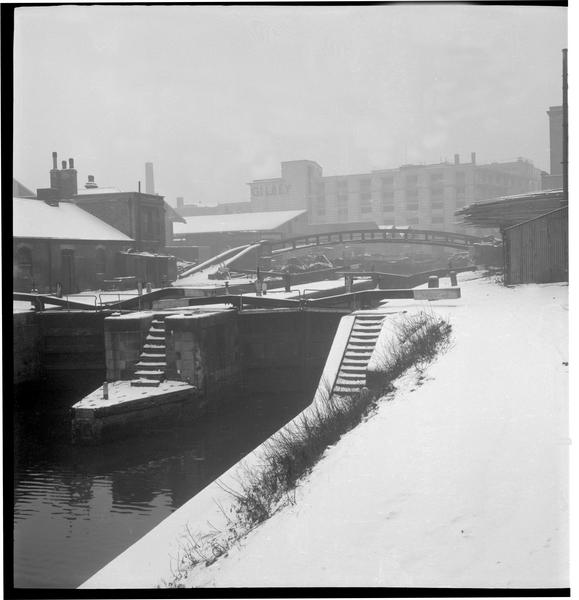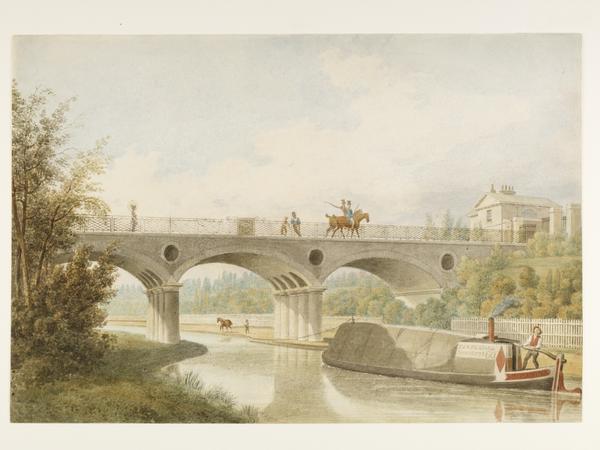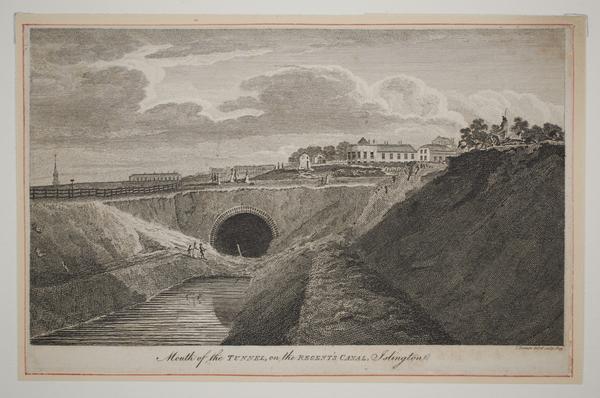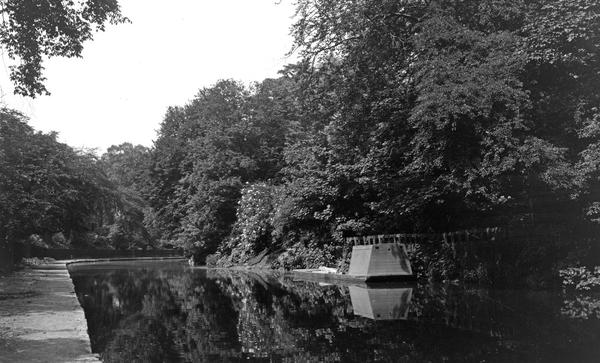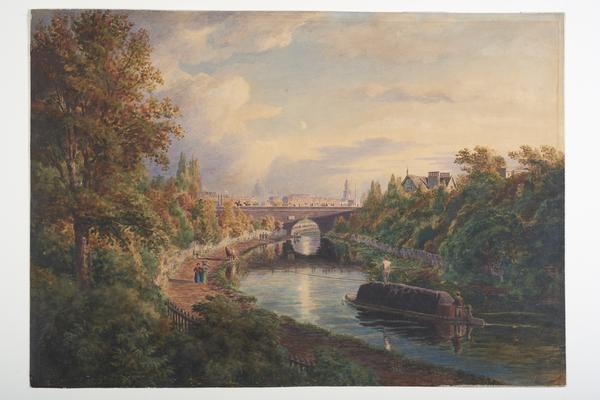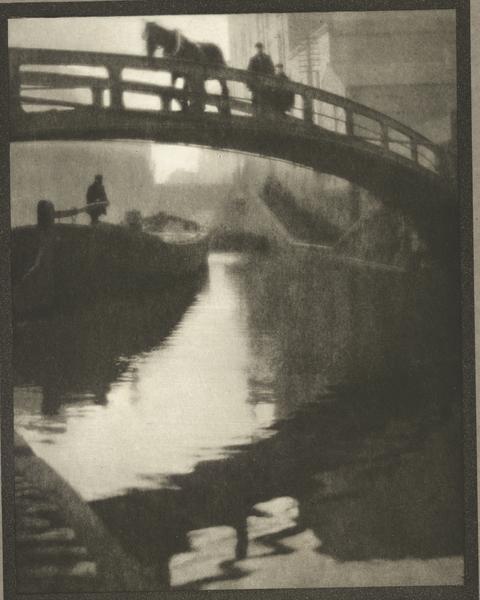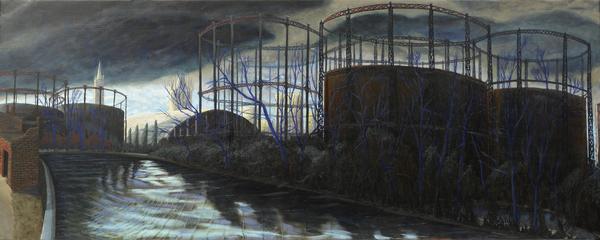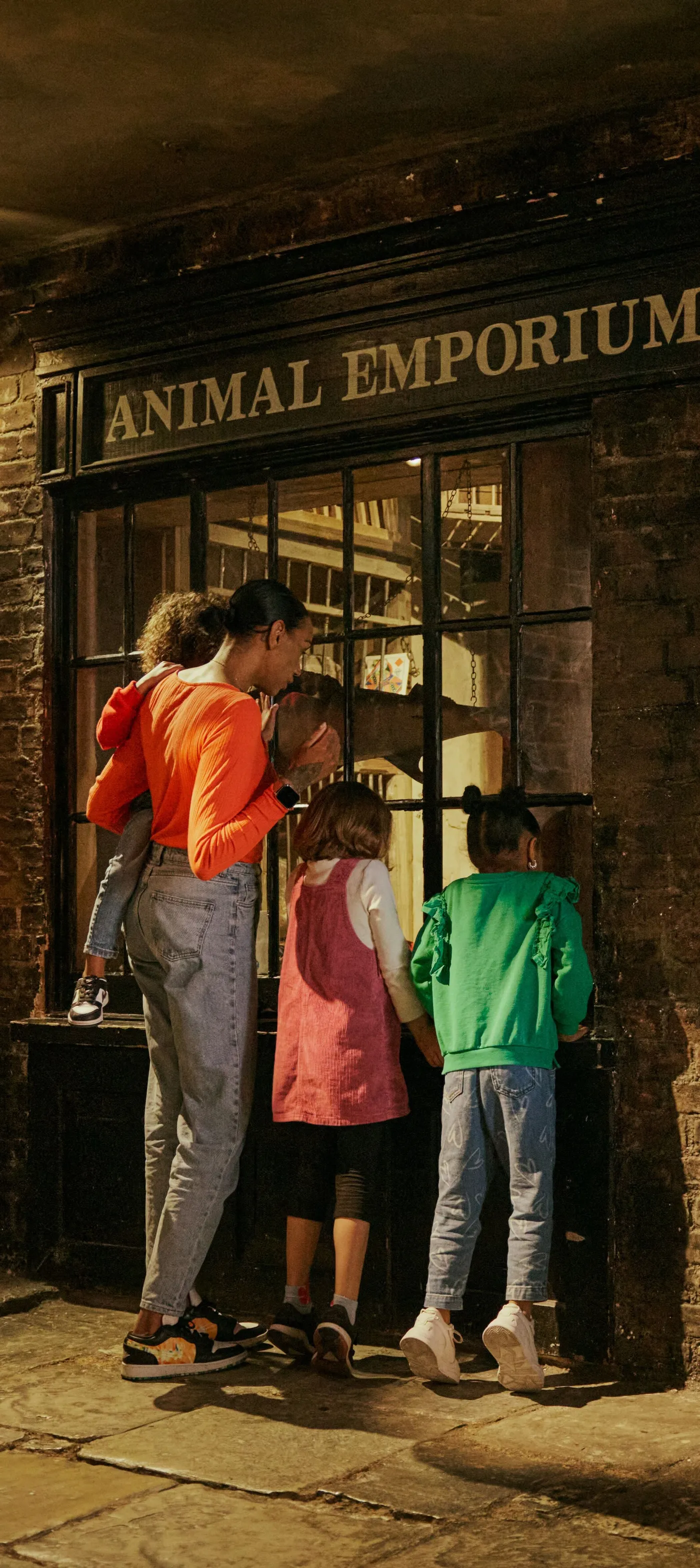Regent’s Canal
The Regent’s Canal curves just above central London, connecting leafy west London with the River Thames in the East End. For 150 years, it was a busy trade and transport route serving industries in London and beyond. Life on the water is more leisurely nowadays, full of colourful boats, people and wildlife.
Across London
1820
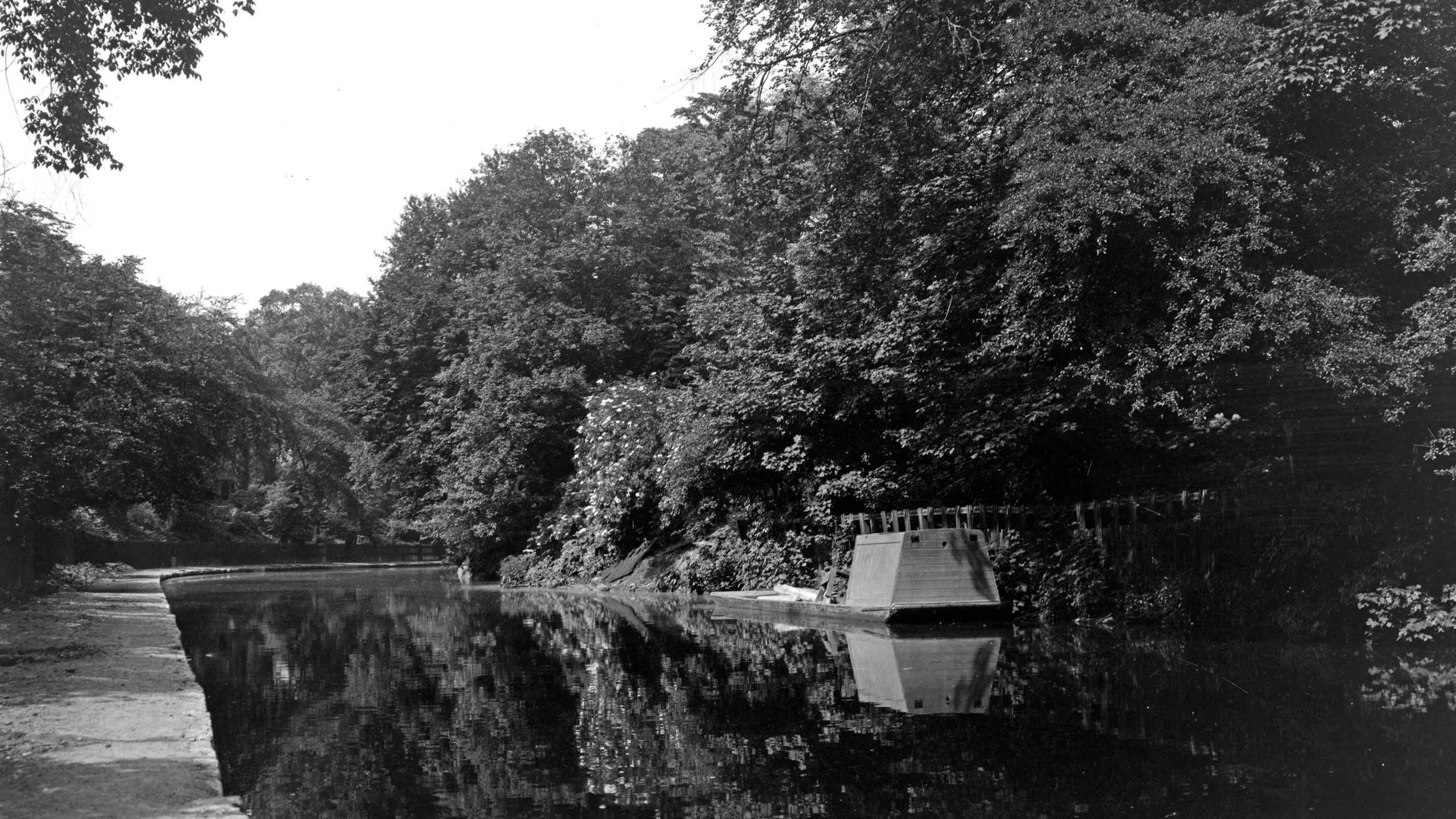
Why was the Regent’s Canal built?
The canal was proposed in 1802 by lawyer, businessman and pleasure boat-owner Thomas Homer. He wanted to link the Grand Junction Canal in Paddington to Limehouse in the East End, where a dock was planned at the junction with the Thames. John Nash, the architect of Regent’s Park and Regent’s Street, was a driving force in the project.

How long did it take to build?
The build began in 1812 and the canal fully opened in 1820, having been delayed by construction issues, disagreements with landowners and financial problems. In 1815, Homer was convicted of stealing money from his employers. The canal ended up costing £772,000 – that’s around £60 million today, and twice as much as first estimated.

How long is the Regent’s Canal?
Regent’s Canal is just under 14km long and has 12 locks along its route. It also has all of London’s canal tunnels: Maida Hill Tunnel, Islington Tunnel and the very short Eyre’s Tunnel (often mistaken for a bridge). Islington is the longest at 886 metres. Regent’s Canal is also part of a canal network that went via the Grand Union Canal all the way to Birmingham.
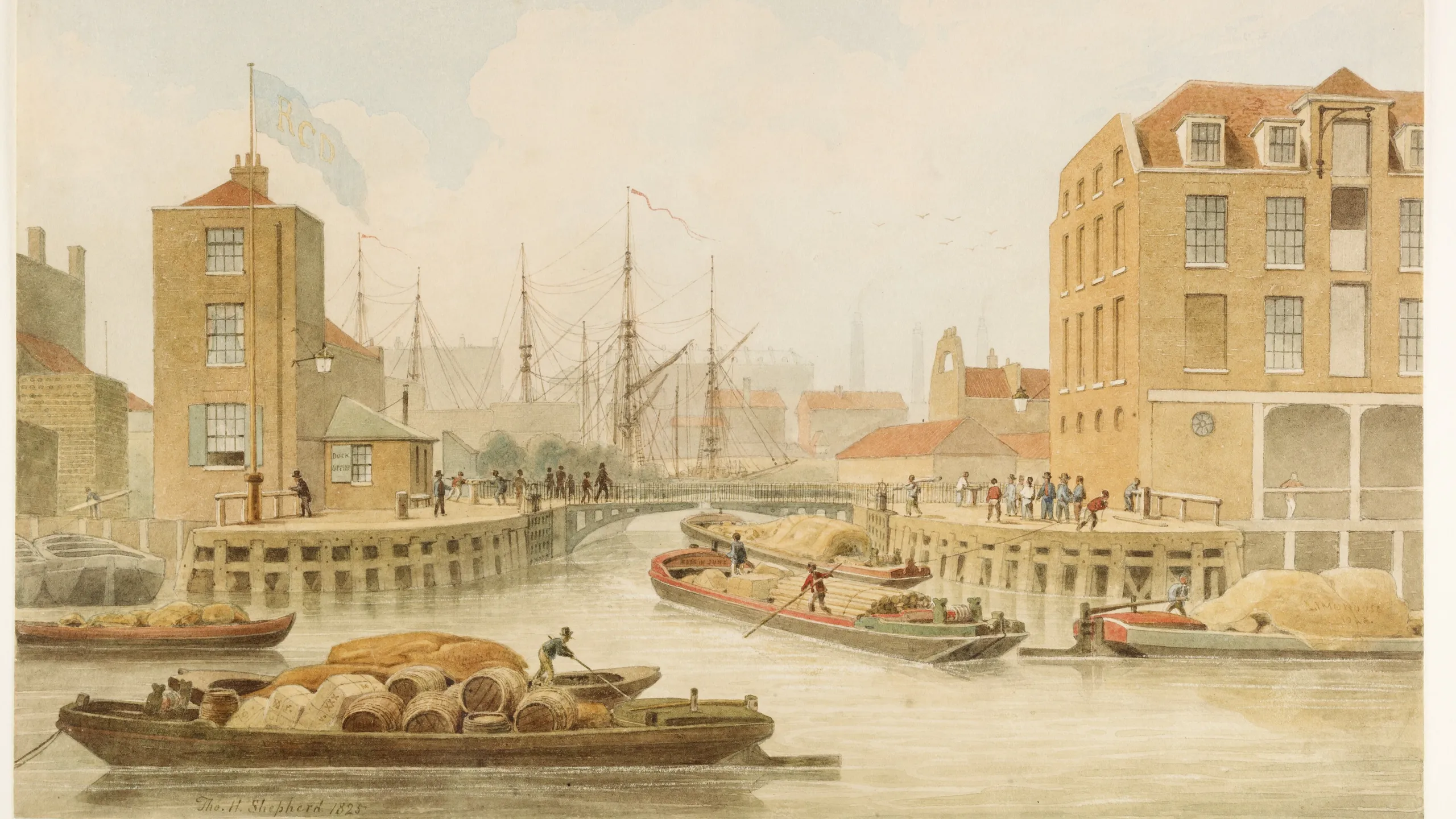
What was the canal used for?
Barges, pulled by horses on the canal’s towpath, once transported timber, coal, ice, construction materials and food in and out of London. Ships travelling along the Thames would unload cargo at Regent’s Canal Dock, now known as Limehouse Basin. But the development of roads and railways diverted commercial traffic away from the canal. It took its last horse-drawn cargo in 1956.
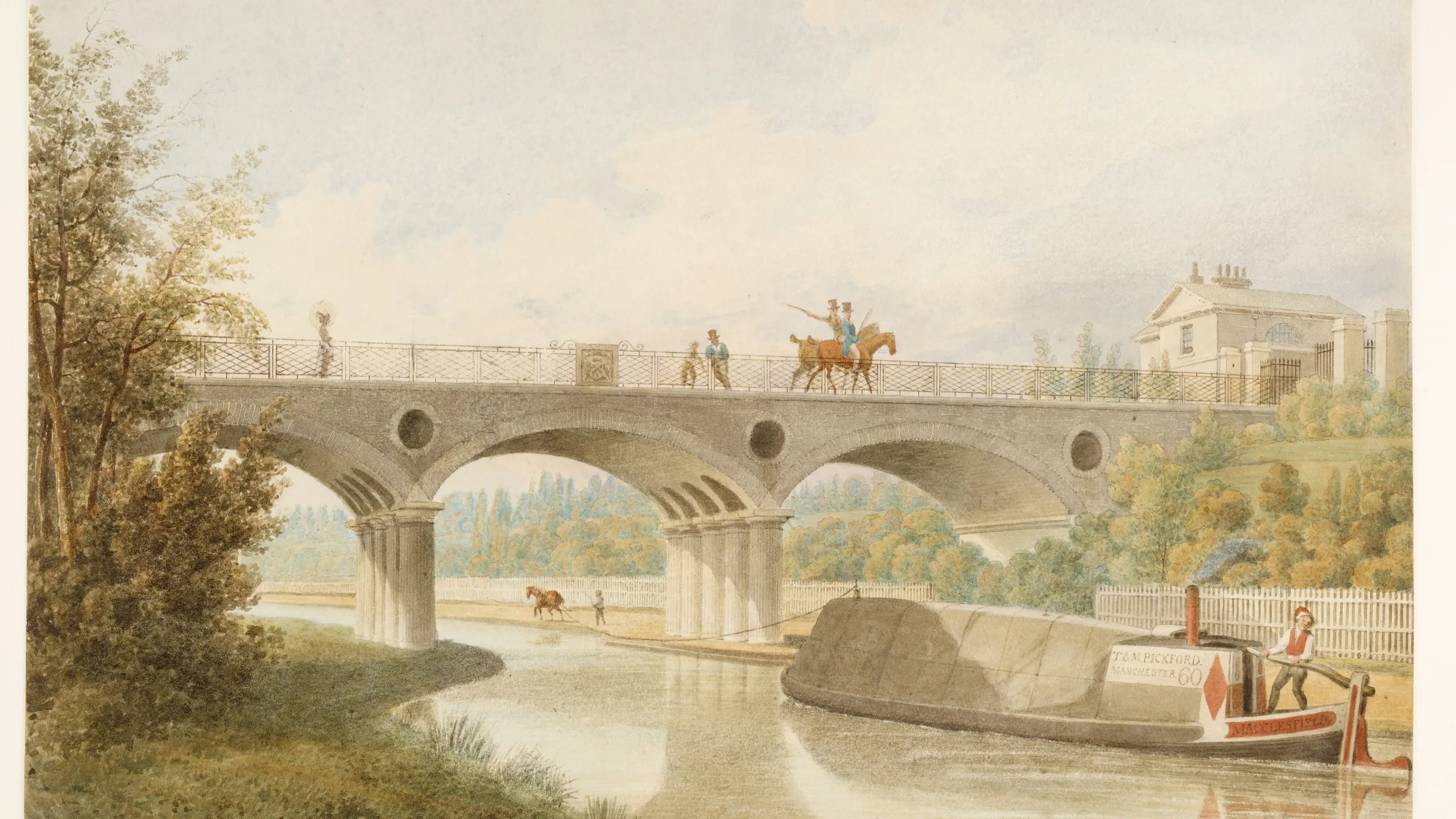
Was the Regent’s Canal dangerous?
Crimes and drownings were common occurrences on Victorian canals. The industrial canal also transported dangerous cargo, like explosives. In 1874, a barge carrying gunpowder blew up under Macclesfield Bridge in Regent’s Park. The huge explosion killed four people, brought down the bridge, damaged hundreds more buildings and scared the animals in nearby London Zoo.
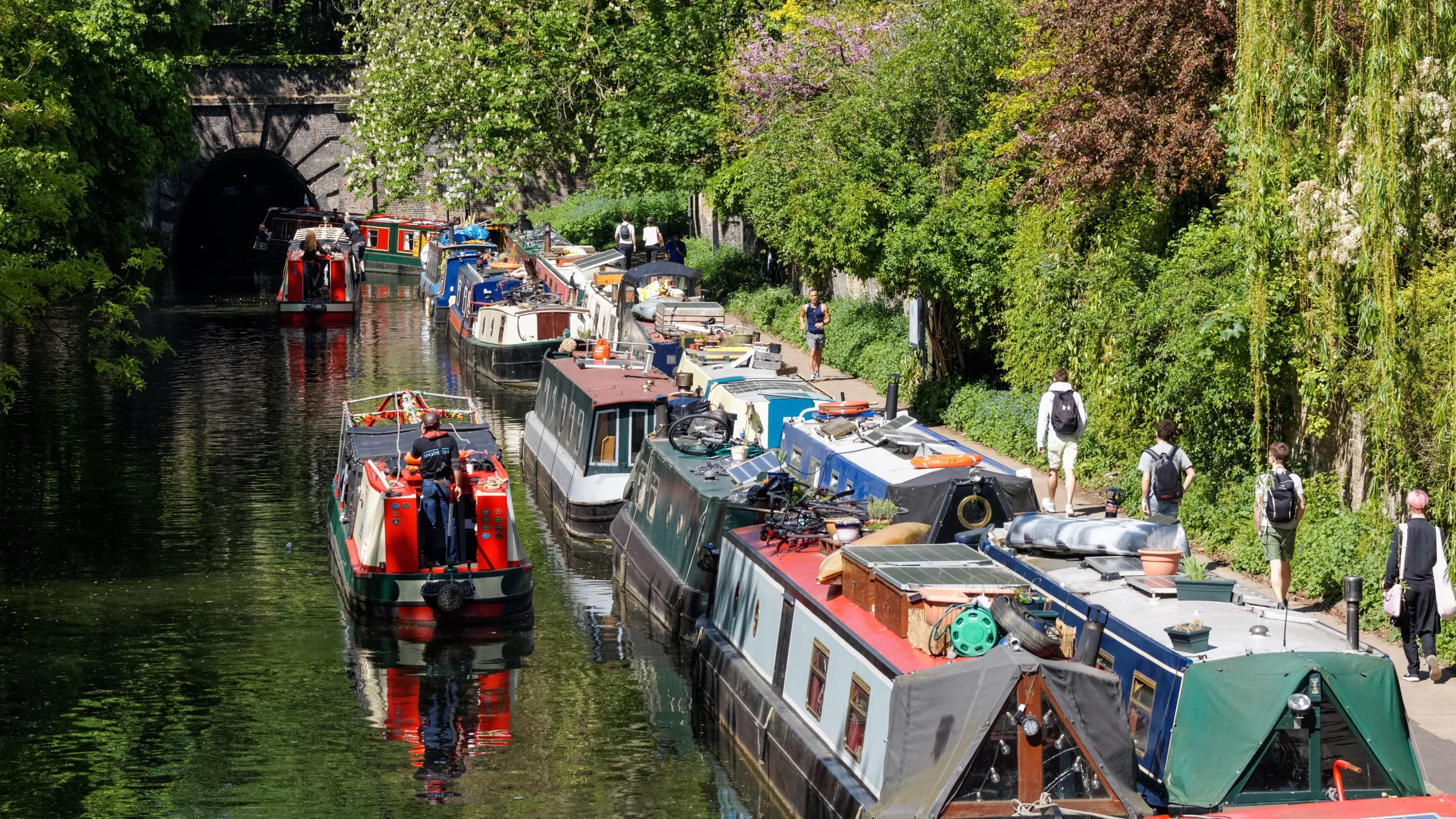
What’s the canal like today?
Regent’s Canal is still alive today. Pleasure boats and house boats have replaced commercial barges. Those who live on the water share the towpath with runners, cyclists and amblers, who all jostle for space on the weekend. The waterway is also a wildlife haven for fish and ducks, with insects and small animals making the flora along the canal their homes.

How far can you walk along the Regent’s Canal?
The canal weaves through many London landmarks and neighbourhoods, such as Little Venice, Regent’s Park, Camden Lock, King’s Cross, Victoria Park and Mile End Park. Most of it has towpaths, though you’ll have to take small detours around the canal tunnels. It takes between three to four hours from start to finish.



